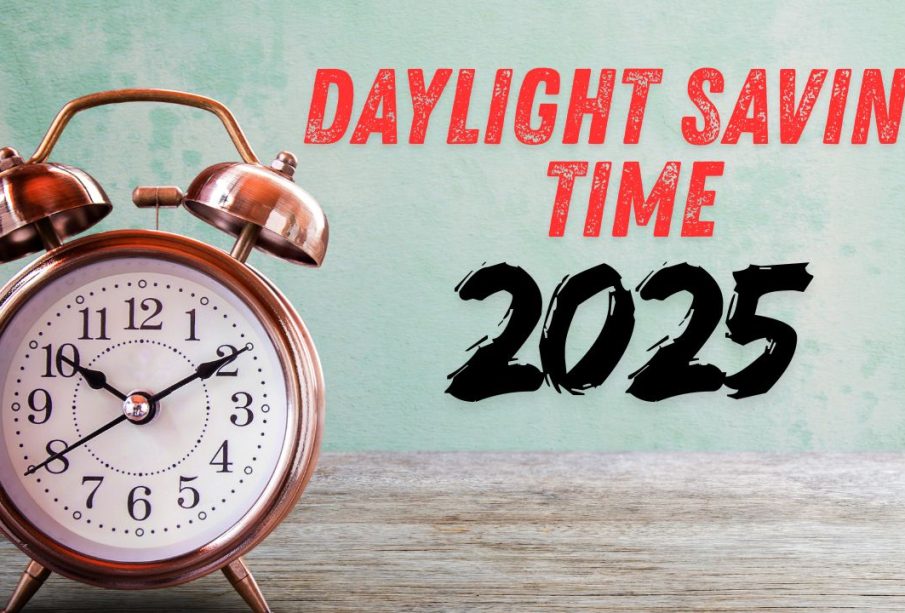Understanding Daylight Saving Time 2025 in Canada

Introduction
Daylight Saving Time (DST) is a biannual practice that affects millions of Canadians each year. As the world prepares for the upcoming transition in 2025, the implications of this time shift resonate with many aspects of daily life, from energy consumption to personal scheduling. This article aims to shed light on the relevance of DST in Canada and how the 2025 transition will be significant.
What is Daylight Saving Time?
Daylight Saving Time involves moving the clocks forward by one hour in the spring and turning them back in the fall. In Canada, this practice typically begins on the second Sunday in March and ends on the first Sunday of November. Although originally intended to make better use of daylight, the necessity and effectiveness of DST are subjects of ongoing debate.
Daylight Saving Time 2025: Key Dates
In 2025, Daylight Saving Time will start at 2:00 AM on March 9, when clocks will be set forward to 3:00 AM. The time change will conclude on November 2, when clocks will roll back to standard time at 2:00 AM. These dates are crucial for numerous sectors, including agriculture, energy management, and transportation.
Impact on Daily Life
The transition into and out of Daylight Saving Time can lead to various effects on health and productivity. Studies indicate a spike in sleep disorders, heart issues, and workplace accidents immediately following the change. As Canadians prepare for the switch in 2025, public awareness efforts may focus on mitigating the health impacts associated with the time change.
Current Discussions on DST
In recent years, discussions surrounding the potential abolition of Daylight Saving Time have gained traction. Some provinces have publicly debated maintaining standard time year-round, citing the disruptions caused by changing clocks. The government of British Columbia has proposed moving to a permanent daylight saving time, pending federal approval. Such discussions are likely to influence how Canadians experience the clock change in 2025.
Conclusion
With the looming approach of Daylight Saving Time 2025, Canadians must prepare for the seasonal change while considering the larger conversations about the relevance of DST today. While some advocate for its continuation, others argue for a reassessment of this centuries-old practice. As public sentiment shifts and evolving studies emerge, the significance of Daylight Saving Time may continue to transform in the years to come.


